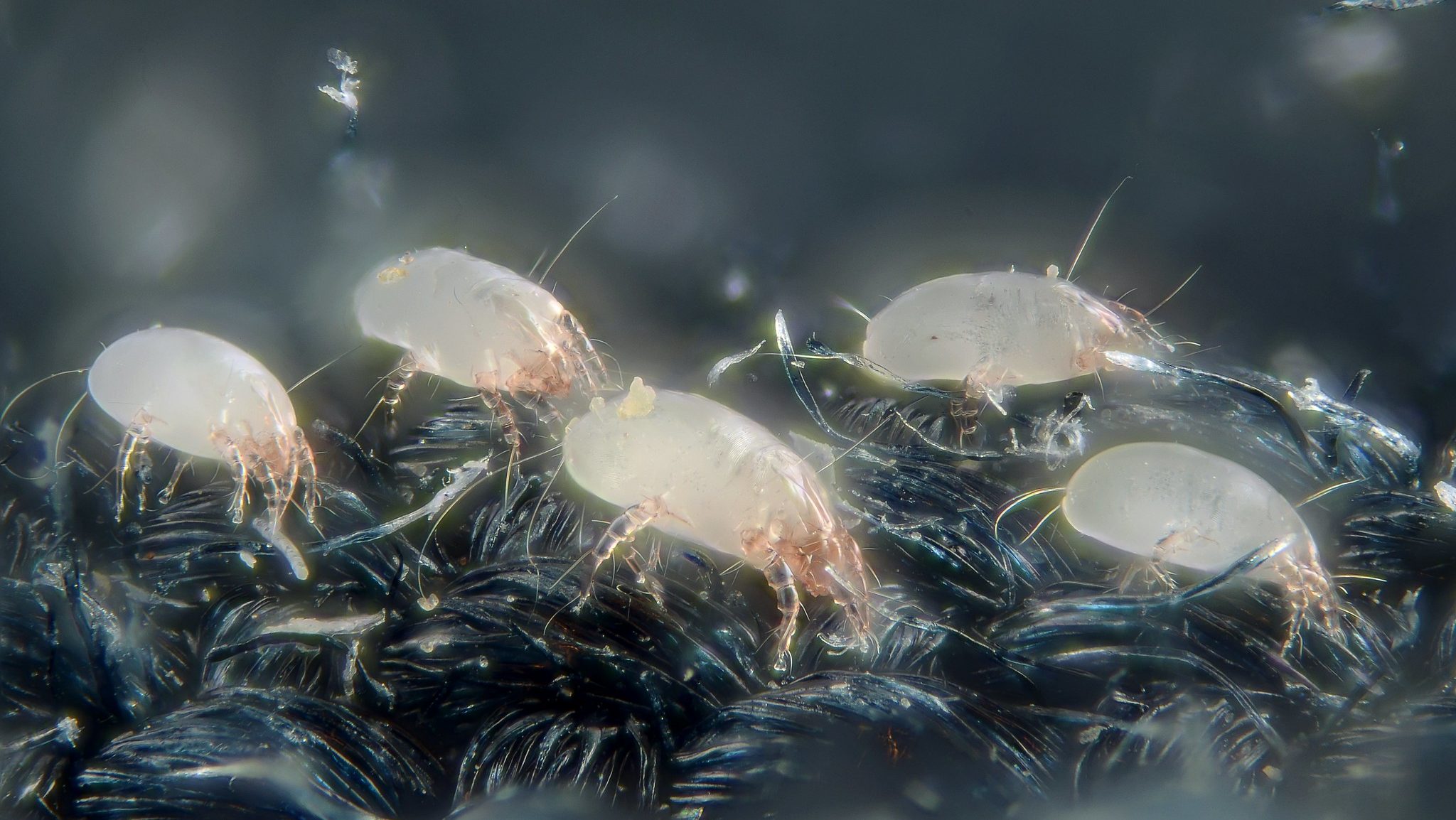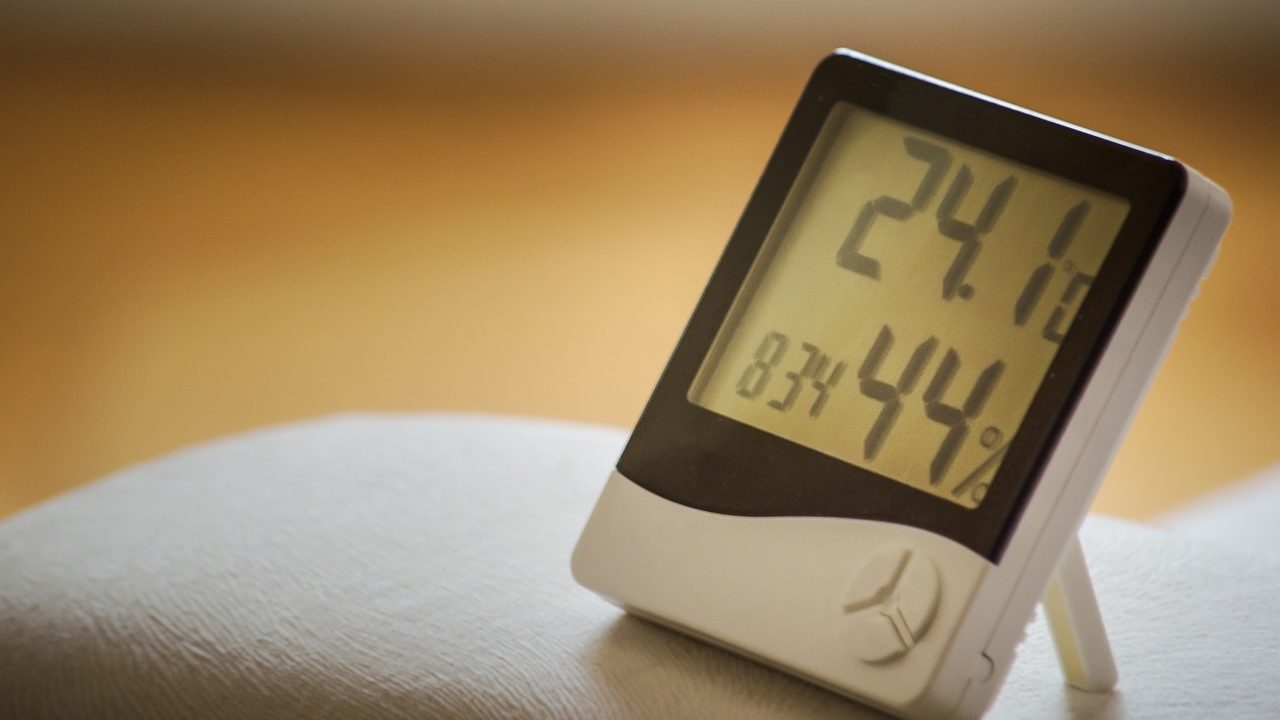Key Takeaways
-
Common Mite Habitats: Mites thrive in beds, carpets, pantries, basements, and houseplants.
-
Attraction Factors: High humidity, dust, warm temperatures, and pets significantly attract mites to homes.
-
Signs of Infestation: Allergies, itchy skin, small bites, mold, and plant damage can indicate a mite problem.
-
Prevention Methods: Effective prevention includes humidity control, regular cleaning, sealing entry points, and proper food storage.
-
Professional Help: If mite infestations persist, seeking professional pest control ensures effective and lasting relief.
 Mites—tiny pests invisible to the naked eye—quietly invade countless homes across the United States. Although small, mites can cause significant discomfort, including allergies, skin irritation, and even damage to your food and belongings. Knowing what attracts these microscopic pests, recognizing their hiding places, and understanding how to effectively prevent and control mites can create a healthier and more comfortable home environment for you and your family.
Mites—tiny pests invisible to the naked eye—quietly invade countless homes across the United States. Although small, mites can cause significant discomfort, including allergies, skin irritation, and even damage to your food and belongings. Knowing what attracts these microscopic pests, recognizing their hiding places, and understanding how to effectively prevent and control mites can create a healthier and more comfortable home environment for you and your family.
Where Are Mites Typically Found in Homes?
-
Bedrooms and Bedding: Dust mites thrive in beds due to warmth, humidity, and an endless supply of dead skin cells. Mattresses, pillows, sheets, and blankets are ideal breeding grounds.
-
Carpets, Rugs, and Upholstery: Soft surfaces like carpets, rugs, sofas, and curtains trap dust and moisture, creating perfect conditions for mites. Regular vacuuming with a HEPA-filter vacuum can reduce their numbers.
-
Kitchens and Pantries: Storage mites, such as flour or grain mites, enter through packaged foods like cereals or pet food. Warm, humid pantries encourage rapid reproduction, so airtight containers and regular cleaning are essential.
-
Basements and Crawl Spaces: Damp, moldy basements or crawl spaces attract mold mites that thrive in moisture-rich areas. Proper ventilation and moisture control help prevent infestations.
-
Houseplants and Windowsills: Spider mites and clover mites invade through small cracks or infest houseplants, causing leaf discoloration. Inspect plants regularly and seal cracks to keep these pests out.


Not getting a solution?
Get your free pest control estimate today!Environmental Factors That Attract Mites
-
High Humidity: Mites thrive in humidity levels of 70-80%. Keeping indoor humidity below 50% can significantly reduce infestations.
-
Warm Temperatures: Indoor temperatures between 70-80°F create ideal conditions for mite growth.
-
Dust Accumulation: Dust serves as food for mites, especially dust mites that feed on human skin flakes.
-
Pet Presence: Pets shed skin flakes (dander), providing a food source for mites and increasing their population indoors.
Signs You May Have Mites in Your Home
Spotting mites directly is tough due to their microscopic size, but there are several indirect signs to watch for:- Frequent allergies or increased respiratory issues, especially indoors.
- Red, itchy skin irritation or small unexplained bites.
- Tiny red stains or specks on fabrics and surfaces (clover mites).
- Musty odors or visible mold growth, especially in damp areas.
- Damage to houseplants, including discoloration or tiny webs.
- If you see these signs, you might have a mite infestation.
Practical Tips to Prevent Mite Infestations

Control Humidity
-
Keep humidity below 50% using dehumidifiers and proper ventilation.
-
Ensure bathrooms, kitchens, and basements are adequately ventilated.
Regular Cleaning Routine
-
Vacuum weekly using vacuums with HEPA filters.
-
Wash bedding weekly in hot water (above 130°F).
-
Dust regularly using damp cloths to minimize dust accumulation.
Pet Care and Maintenance
-
Regularly groom and bathe pets.
-
Frequently wash pet bedding.
-
Regularly vacuum areas where pets spend time.
Secure Food Storage
-
Store pantry items in airtight containers.
-
Regularly inspect pantry products and discard infested foods immediately.
-
Rotate pantry stock regularly, using older items first.
Seal Structural Entry Points
-
Inspect your home and seal cracks around doors, windows, and foundations.
-
Maintain landscaping, keeping vegetation away from your home’s foundation to discourage mite entry.
Regular Cleaning and Maintenance
-
Wash bedding weekly in hot water (above 130°F).
-
Use allergen-proof covers on mattresses and pillows.
-
Clean upholstered furniture and curtains frequently.
When to Seek Professional Pest Control Help
Despite your best efforts, mites sometimes persist. It’s time to contact a pest control professional if:- You continue noticing mite activity despite extensive preventive measures.
- Allergic reactions or discomfort persist or worsen.
- You’re unable to confidently identify the mites in your home.





